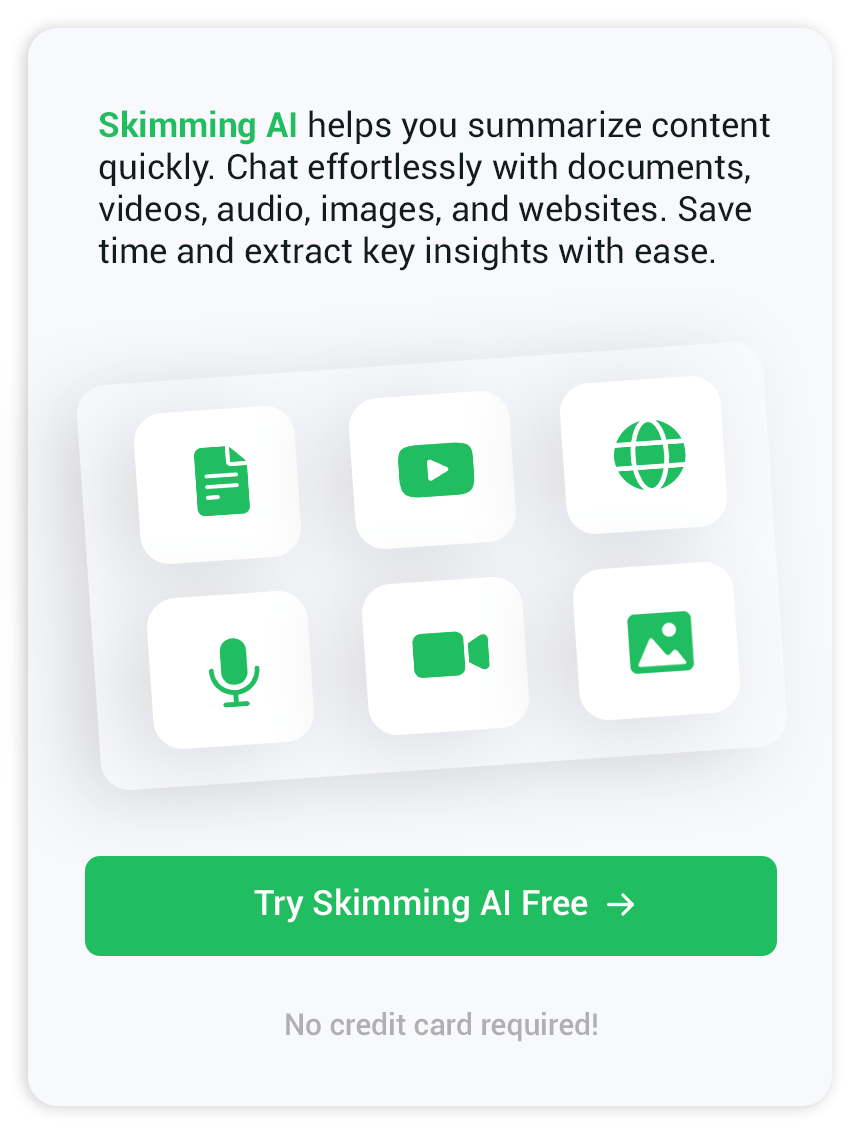AI Chat App: Your Complete Guide to Conversational Power
The rise of the AI chat app has reshaped how customers, teams, and creators communicate. From quick support on a retail site to brainstorming ideas with a virtual assistant during a morning commute, conversational AI has stepped out of science fiction and into everyday life. This guide unpacks how it works, the features that matter, and the trends pointing to a future where talking to software feels as natural as messaging a friend.
What an AI Chat App Does
At its core, an AI chat app is a chat application powered by large language models that can understand prompts, reference context, and generate human-like text or speech. The system blends natural-language understanding (NLU) with natural-language generation (NLG), bridging the gap between raw data and lively dialogue. The result is a conversational AI experience that can draft an email, translate a phrase, or suggest code—all inside a familiar chat window.
How an AI Chat App Works
Model Foundations
Most modern apps lean on transformer-based language models. These models predict the next word in a sentence after being trained on vast text corpora. Fine-tuning or retrieval-augmented generation allows the model to reference fresh data, keeping answers relevant.
Context Management
A standout AI chatbot remembers earlier turns. Session memory lets the assistant build on what was said five messages ago, avoiding the “goldfish memory” problem that plagued early bots.
Multimodal Inputs
Some chat apps now accept voice notes, images, and PDFs. You can upload a document and ask for a plain-language summary, or snap a whiteboard photo and request structured meeting minutes. Tools like the Skimming AI YouTube summarizer make this even easier by condensing long videos into concise notes inside the same browser tab.
Must-Have Features in a Modern AI Chat App
- Security guards such as end-to-end encryption and private-mode conversation logs
- Cross-device syncing so a chat started on a laptop continues seamlessly on mobile
- Custom knowledge bases that let teams feed company manuals or codebases to the assistant
- Voice input and output for hands-free use in cars or on factory floors
- Plugin ecosystems that connect calendars, CRMs, or task managers without copy-pasting
Popular AI Chat Apps Compared
Different audiences gravitate toward different chatbot app styles:
Creativity-Focused Platforms
These apps pair text generation with image or music tools, offering brainstorming boosts for writers, designers, and marketers. They often include tone sliders, style presets, and social-media post templates.
Productivity-First Apps
Designed for customer support agents or project managers, they feature ticket integration, knowledge base lookups, and analytics dashboards. Multilingual AI messaging allows global teams to serve diverse user bases without delay.
All-in-One “Model Switchers”
Some platforms aggregate multiple large models. Users can toggle among GPT-4o, Claude, or Gemini inside a single chat thread, choosing the flavor best suited to code assistance, policy analysis, or legal writing.
On-Device Privacy Apps
For doctors, lawyers, and journalists, keeping data off cloud servers is essential. On-device models or private servers satisfy regulatory demands while maintaining conversational flow.
Practical Use Cases
Customer Support
An AI chatbot app can reply to routine shipping questions, triage complex issues, and escalate only when human judgment is essential. Response times shrink, and agents focus on nuanced cases.
Personal Learning
Language learners practice real-time conversation, get instant feedback on grammar, and request cultural notes. The app adapts to proficiency level and topics of interest.
Coding Assistance
Developers paste an error trace and receive debugging tips, relevant documentation links, and sample patches. Some apps offer inline code completion inside popular editors.
Content Creation
Marketers outline a newsletter, generate headline variations, and draft Tweets—all within the same interface. Integrated analytics track which suggestions drive the most engagement.
Research Summaries
Students and analysts upload whitepapers or ask the chatbot to outline recent studies. By linking to reliable abstracts, the assistant trims hours off literature reviews.
Building Your Own AI Chat App
Open-source frameworks and API-first platforms let businesses create bespoke chat solutions:
- Language model APIs provide raw text generation or embeddings.
- Vector databases store enterprise documents in a searchable format.
- Websocket layers push real-time token streaming to the frontend.
- Frontend kits in React or Flutter display typing indicators, avatars, and toolbars.
A lightweight prototype can go live in a weekend, then expand as users request integrations with payments, calendars, or knowledge graphs.
Choosing the Right AI Chat App
When selecting a platform, balance capability, budget, and compliance:
Accuracy and guardrails
Look for transparent update cycles and clear content policies. Tools that let admins adjust system instructions reduce unexpected outputs.
Latency and uptime
Gamers or traders might tolerate no more than a second of lag—test sample workloads at the hours when real users will be online.
Cost control
Token usage adds up. Tiered plans with rate limits or compressed contexts help teams avoid sticker shock.
Extensibility
A plugin or SDK catalog ensures the app grows alongside new business systems, rather than trapping data in silos.
Trends Shaping the Next Generation
Semantic search, memory expansion, and blended reality hint at what comes next:
- Personalized long-term memory lets the chatbot recall a user’s favorite podcasts or dietary limits weeks after the initial chat.
- Edge computing reduces latency on wearable devices, bringing private virtual assistants to smart glasses or earbuds.
- Agent workflows chain multiple calls to reasoning models, enabling multistep planning such as booking flights and hotels after checking a corporate travel policy.
- Regulatory frameworks in the United States, the European Union, and the Asia-Pacific drive transparent data logging and opt-in consent screens.
A Closing Thought
Every leap in conversational AI widens access to information and creativity. Choosing an AI chat app that matches your goals—be it faster customer replies, friction-free brainstorming, or hands-free research—pays off in saved hours and fresh ideas. Test a few options, keep an eye on new model releases, and watch how even minor tweaks to prompts unlock surprising results.


